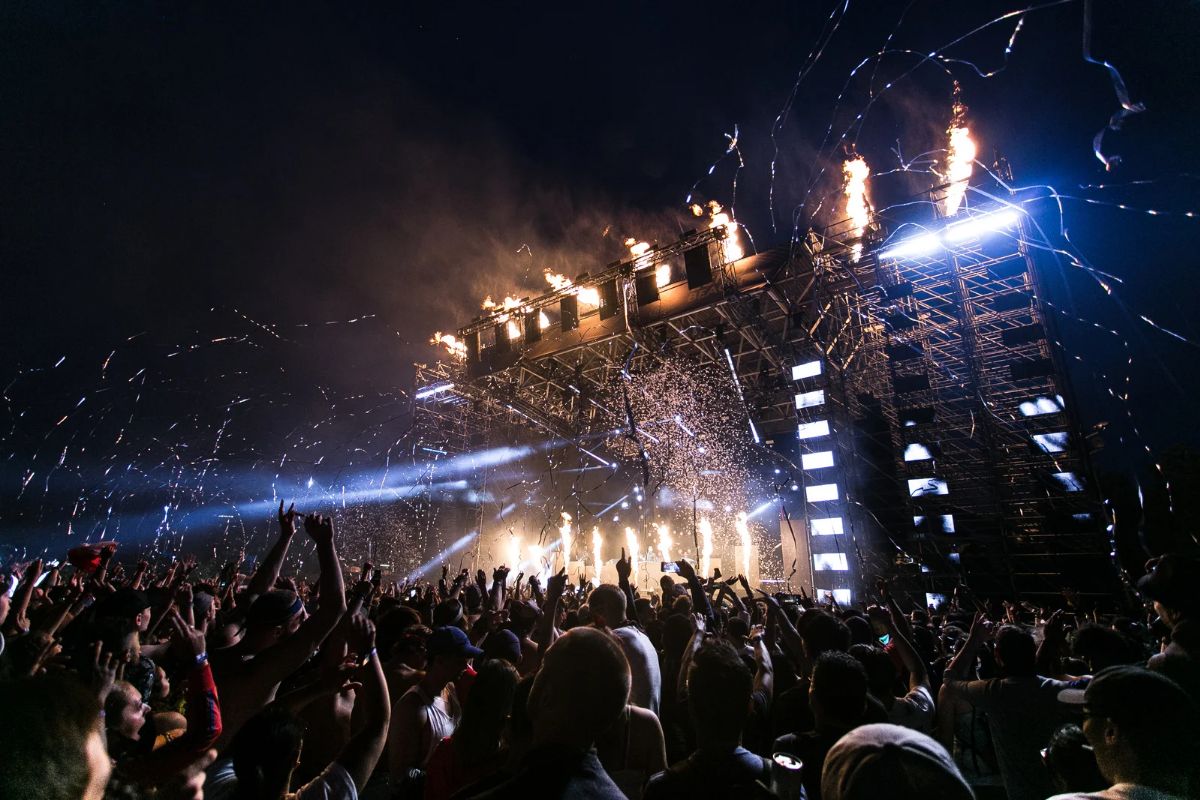How Manufacturing Firms Transform Principles Into Compelling Visuals
The process whereby manufacturing firms transform abstract ideas into compelling visuals is both elaborate and methodical, starting with the essential phases of ideation and script development. Cooperation amongst diverse specialists is essential, permitting a convergence of ideas that take a breath life into stories. As the task proceeds through pre-production, manufacturing, and post-production, each stage needs cautious attention to detail and placement of imaginative elements. This systematic method not just shapes the visual of a job yet also influences its psychological vibration. What remains to be explored is just how these methods finish in the art of storytelling itself.
Understanding the Creative Refine
While the imaginative procedure may differ significantly from one manufacturing business to one more, it generally entails a structured technique that stabilizes artistic vision with sensible implementation. At first, the procedure starts with ideation, where principles are brainstormed and refined. Throughout this phase, innovative groups involve in conversations that explore themes, stories, and aesthetic designs, ensuring that the core message aligns with the intended target market.
Following ideation, the advancement phase takes spotlight, where manuscripts, storyboards, and shot checklists are diligently crafted. This phase is necessary as it converts abstract ideas into concrete strategies, facilitating a smoother manufacturing process. The creative group works together closely, making certain that every facet, from casting to area hunting, mirrors the creative intent.
Post-production better improves the visuals and noise, culminating in a polished last product that resonates with the target market. Hence, recognizing this organized creative process is crucial for valuing exactly how manufacturing firms transform principles into engaging visuals.

The Function of Collaboration
How does cooperation improve the innovative outcome of manufacturing firms? At its core, partnership is an essential driver that promotes innovation and creativity within the manufacturing landscape.

In addition, collaboration encourages open communication, which is important for browsing the complexities of production. It cultivates an ambience where comments is valued, permitting for repetitive renovations and changes that elevate the final item. Inevitably, the collective spirit within manufacturing firms serves to change initial concepts right into engaging visuals that mesmerize visitors, strengthening the importance of synergy in achieving artistic excellence.
Pre-Production Basics
Pre-production is a crucial phase in the filmmaking procedure, frequently incorporating 5 vital steps that lay the foundation for a successful manufacturing. The very first step includes script advancement, where the movie script is refined, making sure that the narrative is natural and compelling. This is followed by budgeting, which establishes the economic structure for the task, pop over to this web-site determining vital expenses associated to cast, crew, places, and tools.
The third step is casting, an essential process that includes selecting the right stars to portray the personalities authentically. A well-cast movie can substantially improve the story's influence. Next off, area scouting is performed to locate ideal shooting sites that straighten with the vision of the task, considering logistical elements such as ease of access and authorizations.
Capturing the Vision in Manufacturing
In the dynamic atmosphere of a movie set, capturing the vision in production calls for precise sychronisation and collaboration among all divisions. Each group, from cinematography to art instructions, plays a vital function in translating the movie script right into aesthetic images that resonates with audiences. The director's vision have to be properly interacted to ensure that every shot, angle, and lighting option straightens with the overarching narrative.
Cinematographers are entrusted with picking video camera equipment and lenses that finest communicate the story's tone, while production designers produce immersive pop over to these guys settings that improve the aesthetic experience. Wardrobe and makeup teams contribute by shaping personalities with their appearance, enhancing the story's themes.
Sound style and songs also complement the visuals, establishing emotional context and enhancing audience interaction. Daily sychronisation meetings and on-set communication networks help with real-time changes, ensuring that any creative subtleties are caught as they occur.
Ultimately, catching the vision in manufacturing has to do with balancing these varied aspects to develop a cohesive and engaging aesthetic story. The collective initiative not just brings the manuscript to life yet also lays the structure for an effective cinematic experience.
Post-Production: Refining the Final Item
Post-production plays a crucial function in fine-tuning the final product, changing the raw video footage captured during manufacturing right into a polished motion picture experience (production companies nashville tn). This stage includes several vital processes, consisting of modifying, sound style, shade improvement, and aesthetic results, each adding to the general narrative and emotional influence of the film

Sound layout is equally important, involving the addition of discussion, audio effects, and climatic noises that improve the checking out experience - production companies nashville tn. The mindful layering of audio elements helps involve the audience in the story world
Shade correction better improves aesthetic charm, readjusting tones and contrasts to create a cohesive visual that lines up with the film's mood. This step makes certain that each frame resonates psychologically with audiences.
Final Thought
Finally, the transformation of concepts right into compelling visuals requires a structured and collective strategy within production firms. By prioritizing interaction and coordination throughout the creative process-- from ideation and pre-production to production and post-production-- these companies efficiently straighten numerous artistic aspects with the narrative. This careful approach not only boosts narration yet likewise astounds target markets, eventually resulting in immersive and engaging cinematic experiences that resonate deeply with customers.